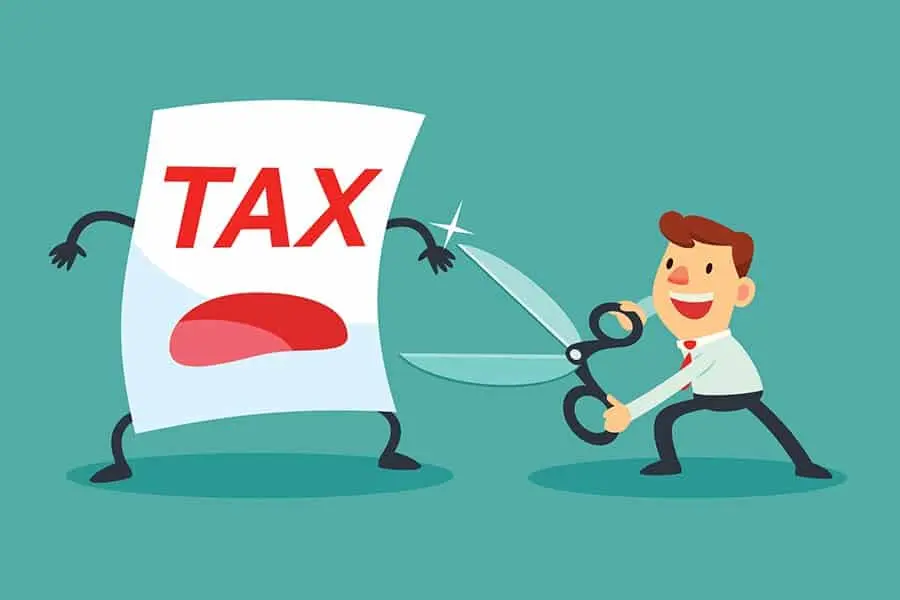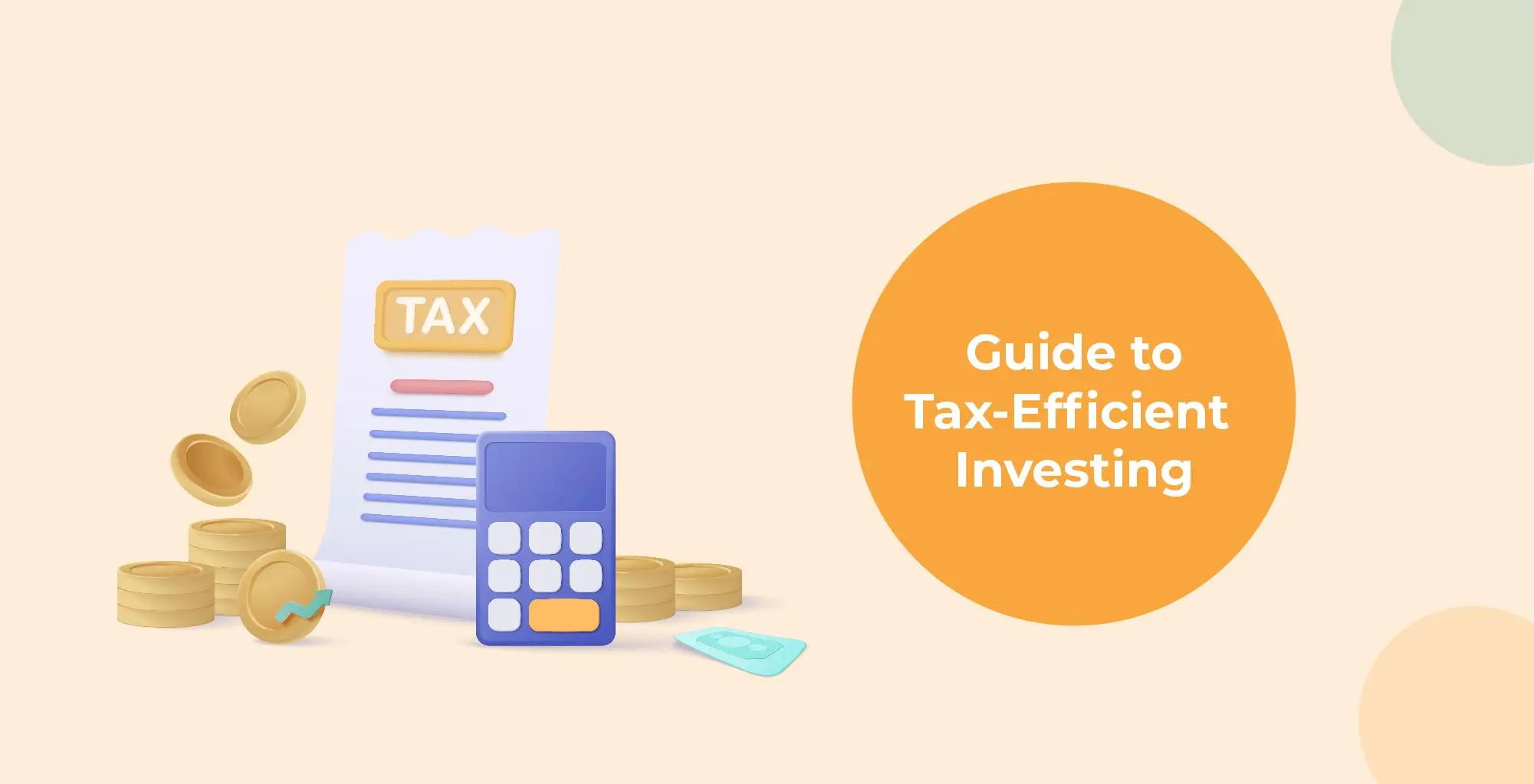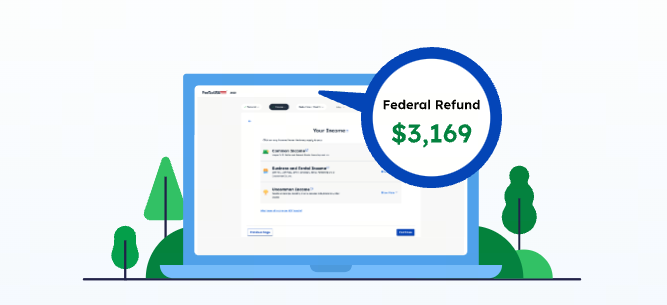
Why Tax-Free Savings Matter
Traditional savings accounts and taxable investments can chip away at your returns through federal and state taxes. In contrast, tax-free savings options help your money grow faster by allowing you to keep more of your gains. Whether you're saving for retirement, education, or a rainy day, choosing tax-efficient financial tools can make a significant difference.
Use a Roth IRA for Retirement Savings
One of the best ways to build tax-free retirement savings is through a Roth IRA. Contributions are made with after-tax dollars, but all qualified withdrawals are 100% tax-free, including your investment earnings.
Roth IRA Key Highlights for 2025:
| Feature | 2025 Limits/Rules |
|---|---|
| Contribution Limit | $7,000 ($8,000 if age 50 or older) |
| Income Eligibility Phase-Out | Begins at $146,000 (single), $230,000 (married) |
| Withdrawal Conditions | Tax-free after age 59½ and 5 years of holding |
If you’re eligible, this is one of the most powerful tax-free investment vehicles available.
Open a Health Savings Account (HSA)
An HSA offers a triple tax benefit: contributions are tax-deductible, growth is tax-free, and withdrawals are tax-free when used for qualified medical expenses. Unlike FSAs, HSAs roll over annually and can even be invested like a retirement account.
2025 HSA Contribution Limits:
| Coverage Type | Contribution Limit |
|---|---|
| Individual | $4,300 |
| Family | $8,650 |
| 55+ Catch-Up | +$1,000 |
If you have a high-deductible health plan (HDHP), an HSA is a must-have in your tax-saving strategy.
Take Advantage of 529 Plans for Education
Want to save for college or K–12 tuition? 529 plans offer tax-free growth and withdrawals for qualified education expenses. Every state offers a plan, and some allow state income tax deductions for contributions.
Key 529 Plan Benefits:
- No federal taxes on investment growth
- No taxes on withdrawals for qualified education costs
- Contributions can exceed $400,000 in some states over time
- Can be transferred to another family member or rolled into a Roth IRA (starting 2024 under SECURE Act 2.0)
529 plans are perfect for parents, grandparents, and even adults returning to school.
Invest in Municipal Bonds
If you're looking for tax-free income, municipal bonds—especially those issued by your state—offer interest payments that are exempt from federal income taxes and potentially state taxes.
Tax Benefits of Municipal Bonds:
- Federal tax exemption on interest
- State and local tax exemption (if resident in issuing state)
- Ideal for high-income earners seeking lower-risk, tax-free income
Investors should focus on high-rated bonds to minimize risk and ensure reliable returns.
Contribute to a Roth 401(k)
Many employers now offer Roth 401(k) options, which allow you to contribute after-tax dollars and enjoy tax-free withdrawals in retirement—much like a Roth IRA, but with a higher contribution limit.
2025 Roth 401(k) Limits:
| Type | Contribution Limit |
|---|---|
| Employee | $23,000 |
| 50+ Catch-Up | +$7,500 |
| Employer Match | Still traditional (tax-deferred) |
A Roth 401(k) combines the tax-free growth of a Roth IRA with the convenience of employer-sponsored plans.
Tax-Free Savings by Account Type (Comparison Chart)
| Account Type | Contributions | Growth | Withdrawals | Purpose |
|---|---|---|---|---|
| Roth IRA | After-tax | Tax-free | Tax-free (qualified) | Retirement |
| HSA | Pre-tax | Tax-free | Tax-free (medical) | Healthcare savings |
| 529 Plan | After-tax | Tax-free | Tax-free (education) | Education |
| Municipal Bonds | After-tax | Tax-free (interest) | Tax-free (interest) | Income generation |
| Roth 401(k) | After-tax | Tax-free | Tax-free (qualified) | Retirement |
Other Tax-Free Saving Tips
1. Use the Gift Tax Exclusion
In 2025, you can give up to $18,000 per person without triggering gift taxes. This is useful for funding 529 plans or simply passing wealth tax-efficiently.
2. Start Early to Maximize Compounding
The earlier you invest in tax-free savings tools, the more you benefit from compound growth without taxation.
3. Reinvest Tax-Free Income
If you receive tax-free interest from municipal bonds or dividends from tax-advantaged funds, reinvest those earnings to accelerate growth.
Final Thoughts
With the right strategy, you can build wealth tax-free using a mix of Roth accounts, HSAs, 529 plans, and municipal bonds. In 2025, the IRS has increased contribution limits and loosened rules, creating even more opportunities to shelter your savings from taxes.
Make sure to consult a tax advisor or financial planner to ensure you’re choosing the best tax-free savings vehicles for your goals. Start today—and keep more of what you earn.



